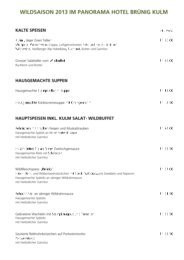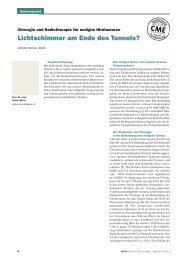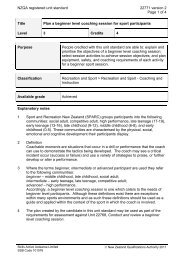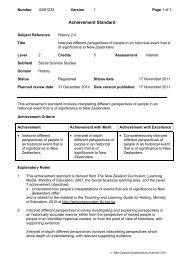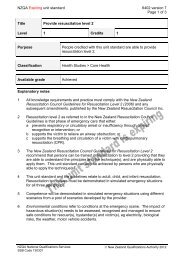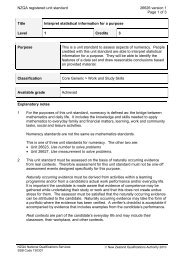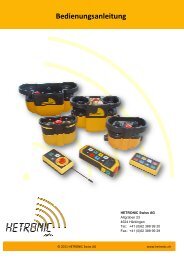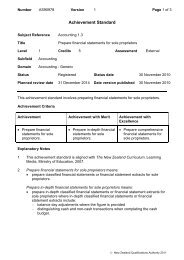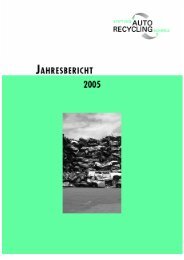76KB - NZQA
76KB - NZQA
76KB - NZQA
Create successful ePaper yourself
Turn your PDF publications into a flip-book with our unique Google optimized e-Paper software.
Number AS91434 Version 1 Page 2 of 4<br />
2 Research using primary and secondary sources involves:<br />
• following a research process<br />
• evaluating the research process, for example explaining the successes and<br />
difficulties encountered in conducting the research, explaining how the line of<br />
inquiry may have changed as evidence was accumulated, identifying the issues to<br />
consider for future inquiries.<br />
Research, in depth, using primary and secondary sources involves:<br />
• making annotations that include assessment of the reliability of selected evidence.<br />
Comprehensively research, using primary and secondary sources involves:<br />
• showing initiative in the gathering and selecting of relevant evidence, which may<br />
include persevering with difficult sources, and/or using evidence from sources<br />
which are not readily available<br />
• evaluating the research process, for example by analysing the strength(s) and<br />
weakness(es) of the process, analysing how these strength(s) and weakness(es)<br />
are likely to impact on the validity of the findings, considering alternative research<br />
steps and/or line(s) of inquiry and/or methods, and their implications.<br />
3 Following a research process typically involves:<br />
• preparing a research proposal that explains the importance of the topic proposed<br />
• developing focusing question(s) that result from preliminary research<br />
• identifying specific possible sources through preliminary readings<br />
• selecting sufficient relevant historical evidence from both primary and secondary<br />
sources to enable comprehensive analysis of an historical place or event<br />
• making annotations that identify the relevance, and assess the comparative<br />
usefulness, of the selected evidence in terms of the focusing question(s) being<br />
investigated<br />
• organising this evidence<br />
• recording the details of the sources of selected evidence.<br />
4 Sources are places where evidence may be found. Sources may include people,<br />
books, libraries, museums, newspapers, artefacts, historical sites, videos, websites,<br />
graphs, cartoons, films, recorded radio programmes, DVDs, blogs, archives,<br />
memorials, graveyards, collections of letters, diaries, and theses.<br />
5 Evidence from primary sources may be drawn from one or more primary sources,<br />
such as interviews and transcripts; letters; diaries; government papers; wills;<br />
newspaper clippings; photographic files; birth, death and marriage records; statistics;<br />
and census data.<br />
6 Sufficient source details are recorded to allow the later creation of a reference<br />
list/bibliography. Normally, required details include author, title, publisher, city of<br />
publication, date of publication, full URL and accession date(s). A full reference<br />
list/bibliography is not required for this achievement standard.<br />
© New Zealand Qualifications Authority 2012



